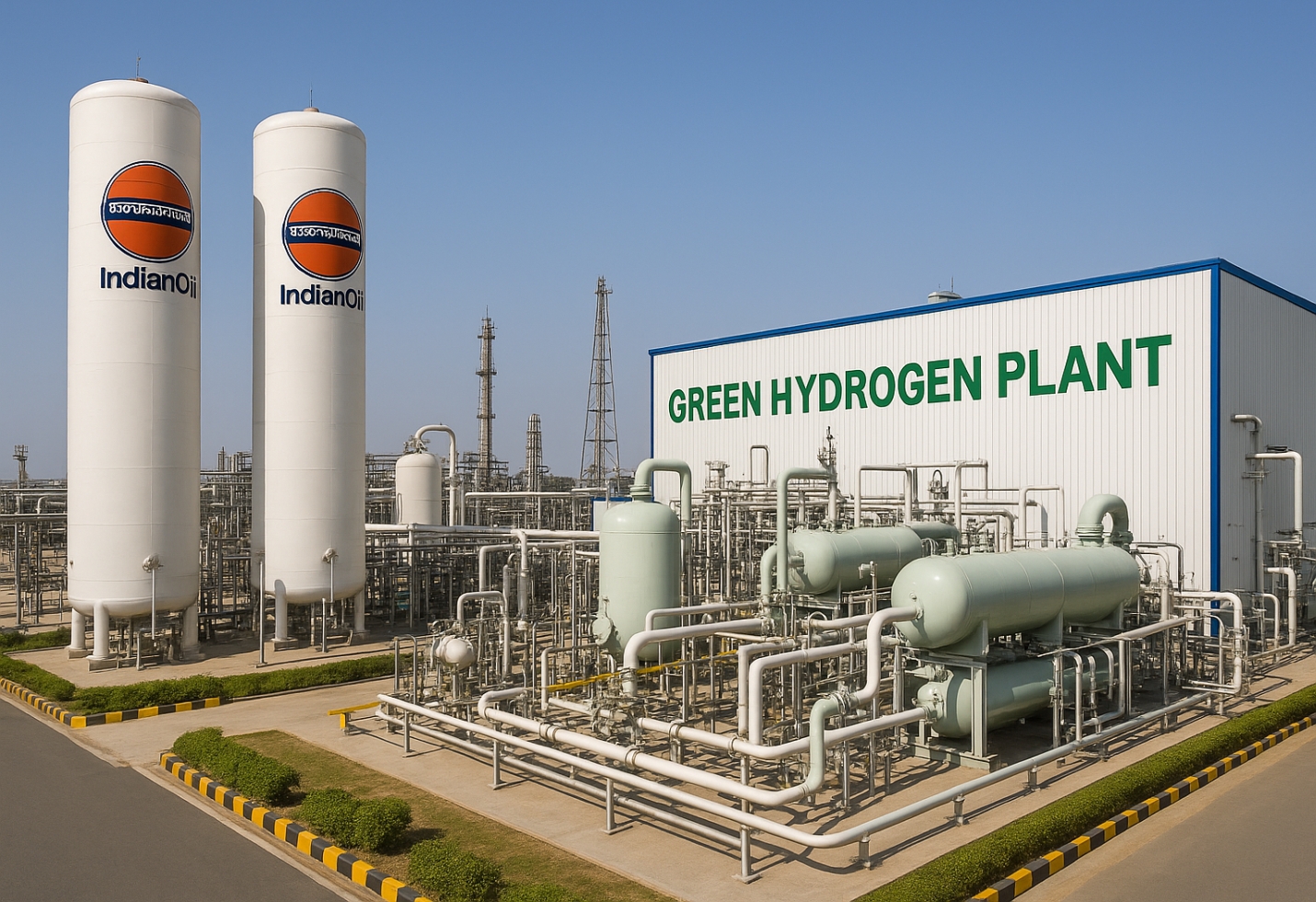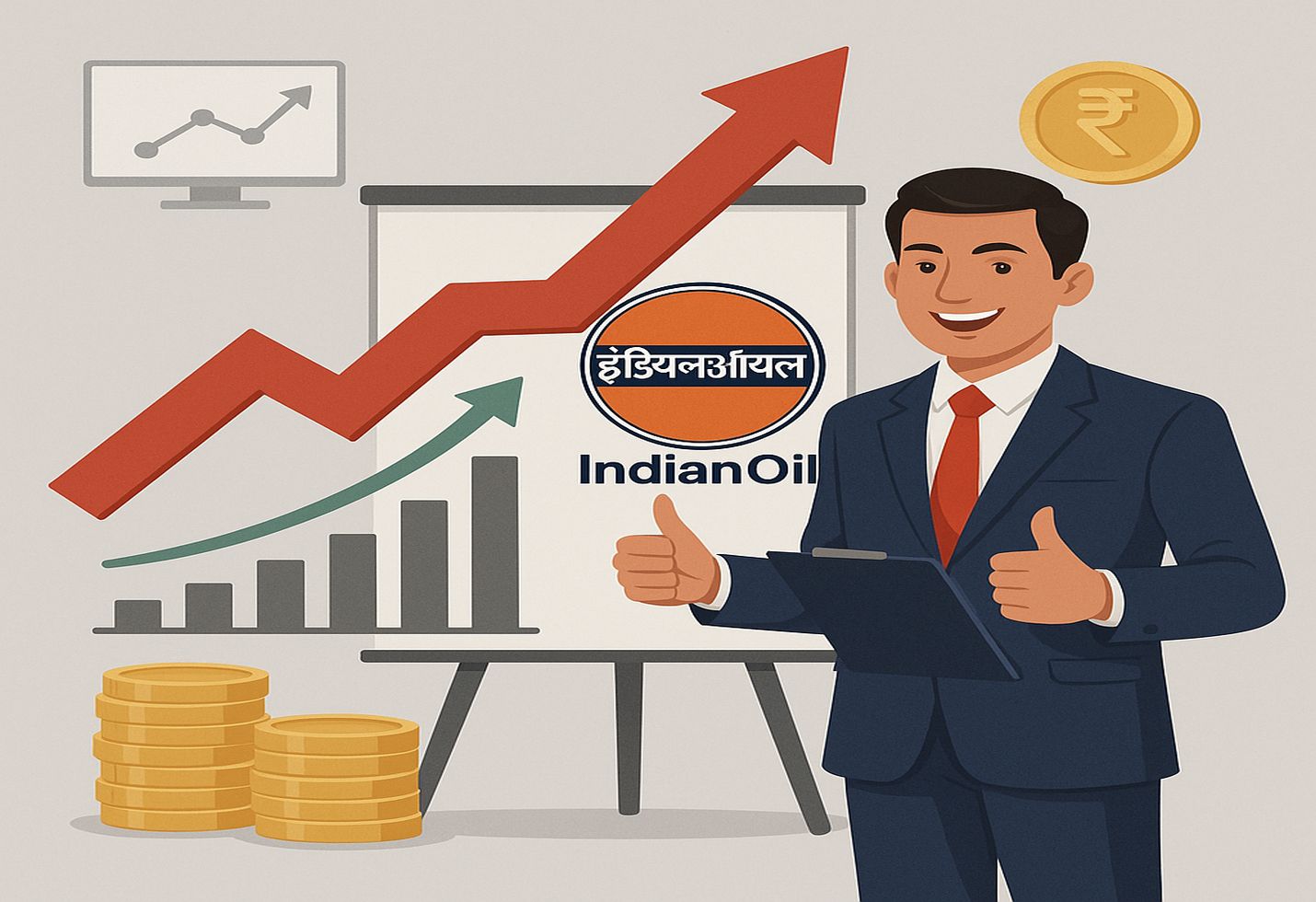Diversification Strategy: IOC’s Foray into Petrochemicals and Renewable Energy
State-owned Indian Oil Corporation Ltd. (IOC/IOCL) is executing one of the largest strategic pivots among India’s oil majors: simultaneous, capital-intensive expansion into petrochemicals while scaling renewable-energy capacity and low-carbon fuels. The aim is to increase petrochemical intensity, capture higher value-added product margins, and lower exposure to cyclical transport-fuel demand — but the plan demands massive funding, tight project execution and regulatory/market alignment.
The Hard Facts: Strategy, Metrics, and Timelines
* Petrochemicals push: IOC signalled plans to grow petrochemical capacity aggressively, with company-level targets and project investments announced across multiple years. External reporting noted IOC exploring up to $11 billion (~₹90–100k crore) of petrochemicals investment over a 4–5 year horizon to raise its petrochemical intensity from ~6% to as high as ~15% by 2030.
* Paradip Petrochemical Complex: IOC’s board approved the Paradip petrochemical complex (board press release dated 21 March 2023) as a marquee investment to vertically integrate refinery streams into polymer and intermediate chemicals (IOC’s official project pages list Paradip among its largest single-location investments).
* Panipat expansion: The Panipat Refinery & Petrochemical Complex expansion — a major vertical integration project — was reported with a project cost of ₹36,230 crore (Rs 362.3bn) and revised completion timelines aimed around late-2025 (reported Dec 2023, with later status updates continuing into 2024–25).
* Recent petrochemical unit commissioning: IOC inaugurated a ₹5,894 crore acrylics and oxo-alcohol plant at its Gujarat refinery (Vadodara) — an example of converting refinery propylene into higher-value petrochemicals — with inauguration reported in August 2025. This demonstrates IOC’s pipeline of completed downstream capacity alongside larger projects.
* Renewables and Terra Clean: IOC has created and capitalised a renewables platform — Terra Clean Ltd. — and approved additional equity infusion of ₹1,086 crore (₹10.86 billion) in April–May 2025 to develop ~4.3 GW (added to earlier 1 GW approvals). IOC’s corporate targets show an ambition to reach a multi-GW renewable portfolio (company materials cite a 31 GW by 2030 renewable target).
* Recent financials / capex: In its investor presentation (FY 2024–25 filings), IOC reported revenue from operations of ₹8,45,513 crore for FY 2024–25 and capex (including equity investments) of ₹40,374 crore in FY 2024–25, signalling an ability to deploy large sums while adding project-level funding lines.
Benefits: why diversification makes strategic sense
1. Higher margin mix / value capture: Petrochemicals generally offer higher and more stable margins than commodity transport fuels. By converting refinery by-products (propylene, aromatics) into in-country polymers and intermediates, IOC can capture downstream value, reduce imports and improve petrochemical yield per barrel.
2. Import substitution & FX savings: Large petrochemical complexes (Paradip, Panipat upgrades, Gujarat units) reduce India’s dependence on imported intermediates and finished polymers, supporting national import-substitution goals and saving foreign exchange.
3. Energy transition positioning: Scaling renewables and green fuels (solar/wind, green hydrogen potential, biofuels, and SAF) aligns IOC with policy targets and decarbonisation pathways — safeguarding long-term demand for energy services while diversifying revenue streams. Terra Clean and the 31 GW target illustrate that shift.
4. Portfolio resilience: A balanced mix of refining, petrochemicals, gas and renewables reduces single-commodity cyclicality (e.g., transport fuel demand shocks) and can stabilise corporate cash flows over cycles.
Challenges and execution risks
1. Capital intensity and funding mix: The scale of investments (multi-tens of thousands of crores and multi-billion-dollar plans) places pressure on IOC’s balance sheet and requires careful phasing, JV/investor partnerships, and disciplined returns. Mis-timed investments could depress ROCE.
2. Complex project delivery: Mega projects (Panipat cost escalation to ₹36,230 crore reported) have already suffered schedule and cost slippages; serial execution risk across Paradip, Panipat and Gujarat modular units can magnify delays and EPC supply-chain bottlenecks.
3. Commodity & feedstock volatility: Petrochemical margins depend on feedstock spreads (naphtha, LPG, propylene) and global polymer pricing — IOC must secure competitive feedstock (including gas linkages) and manage inventory/hedging to protect margins.
4. Market & regulatory risk for renewables/green fuels: While policy incentives exist, scaling utility-scale RE, green hydrogen, or SAF requires grid integration, offtake agreements, technology tie-ups (e.g., ATJ for SAF) and favourable regulatory clarity on tariffs/subsidies.
5. Execution of inorganic options: IOC’s stated appetite for both organic and inorganic growth (M&A, JV) means integration risk for acquisitions and the need to attract partners for capital-heavy upstream/downstream green projects.
Investment Implications
IOC’s move is a structural re-rating thesis only if execution delivers: measured capital allocation, disciplined IRR thresholds on petrochemical complexes, timely commissioning of renewables (Terra Clean) and clear feedstock/oftake strategies. The upside is higher long-term earnings quality and lower cyclical volatility; the downside is prolonged capex drag and margin dilution if projects underperform or commodity cycles turn adverse. Monitor: project commissioning dates, capex cadence (quarterly investor presentations), partner/JV disclosures, and realized petrochemical yields.
Conclusion
IOC’s diversification into petrochemicals and renewables is strategically coherent — it pursues higher margin products while preparing for an energy transition. The plan is capital-heavy and execution-sensitive: success will hinge on on-time, on-budget delivery, feedstock security, and smart partnerships. For investors, IOC offers a story of transformation, but one where due diligence on project-level metrics, timelines and funding is essential.
The image added is for representation purposes only





